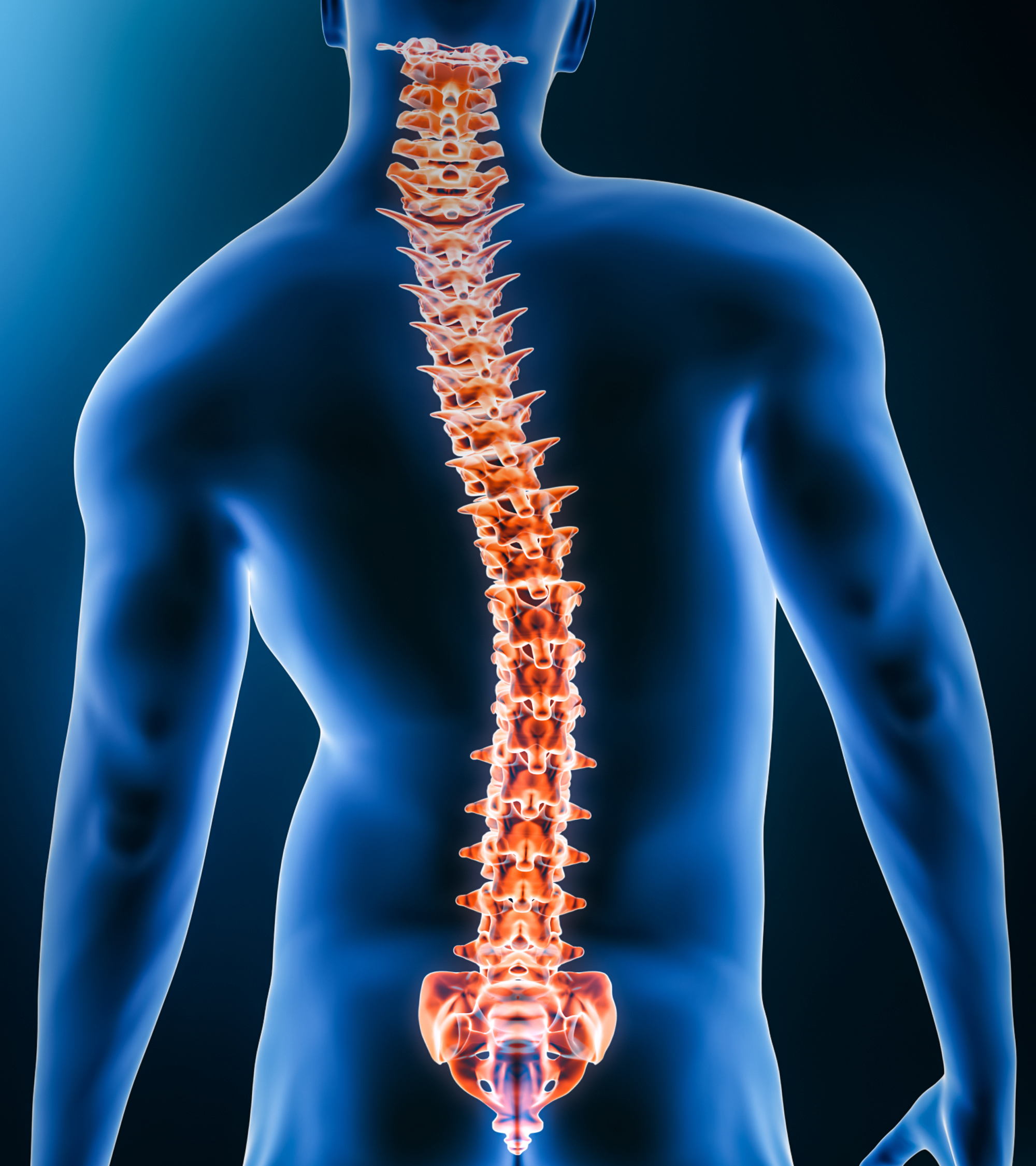
Spinal Deformity
Serving the South Florida area with locations in Hollywood and Miami, FL
Dr. Andreas C. Tomac, MD, PhD, FAANS is a distinguished neurosurgeon specializing in diagnosing and treating Spinal Deformity.
Treating Spinal Deformities

How are Spinal Deformities diagnosed?
Diagnosing spinal deformities involves a thorough evaluation by a healthcare professional, and a neurosurgeon like Dr. Tomac may play a crucial role in the diagnostic process. Dr. Tomac typically begins by obtaining a detailed medical history, exploring symptoms, and assessing any factors contributing to the development of the spinal deformity. A comprehensive physical examination is conducted to evaluate posture, range of motion, and any visible abnormalities. Imaging studies, such as X-rays, Magnetic Resonance Imaging (MRI), or Computed Tomography (CT) scans, are commonly employed to visualize the spine in detail and assess the nature and extent of the deformity. Dr. Tomac’s expertise in neurosurgery allows for a precise analysis of imaging results, aiding in the accurate diagnosis of the spinal deformity. The collaboration between the patient and Dr. Tomac is crucial in developing an individualized treatment plan tailored to address the specific characteristics of the deformity and improve overall spinal alignment. Seeking timely medical attention is essential for a comprehensive evaluation and appropriate management of spinal deformities.

What treatments are available?
The treatment of spinal deformities depends on the type and severity of the deformity. A neurosurgeon like Dr. Tomac can provide expertise in both non-surgical and surgical interventions. Common treatment approaches include:
Conservative Treatments:
- Physical Therapy: Targeted exercises to improve posture, strengthen supporting muscles, and enhance flexibility.
- Bracing: In cases of scoliosis or kyphosis, bracing may be recommended to prevent further progression, especially in adolescents with growing spines.
- Pain Management: Medications to manage pain and inflammation.
Surgical Interventions:
- Spinal Fusion: Surgical procedure to fuse vertebrae together, stabilizing the spine and correcting the deformity.
- Osteotomy: Surgical procedure to cut and reshape bones to improve alignment.
- Instrumentation: The use of rods, screws, or other instruments to support and maintain the corrected spinal alignment.
Dr. Tomac can assess the specific case, discuss treatment options, and recommend the most appropriate course of action based on the type and severity of the spinal deformity. Surgical intervention is often considered for more severe or progressive deformities that do not respond to conservative measures.
The decision on the most suitable treatment plan is made collaboratively between the patient and Dr. Tomac, considering the individual’s unique circumstances and goals. Regular follow-up and postoperative care are essential to monitor progress and address any concerns. Seeking timely medical attention allows for a comprehensive evaluation and the development of an individualized treatment strategy for spinal deformities.
